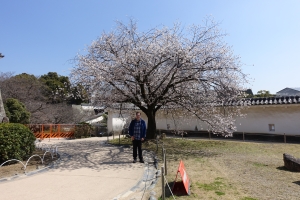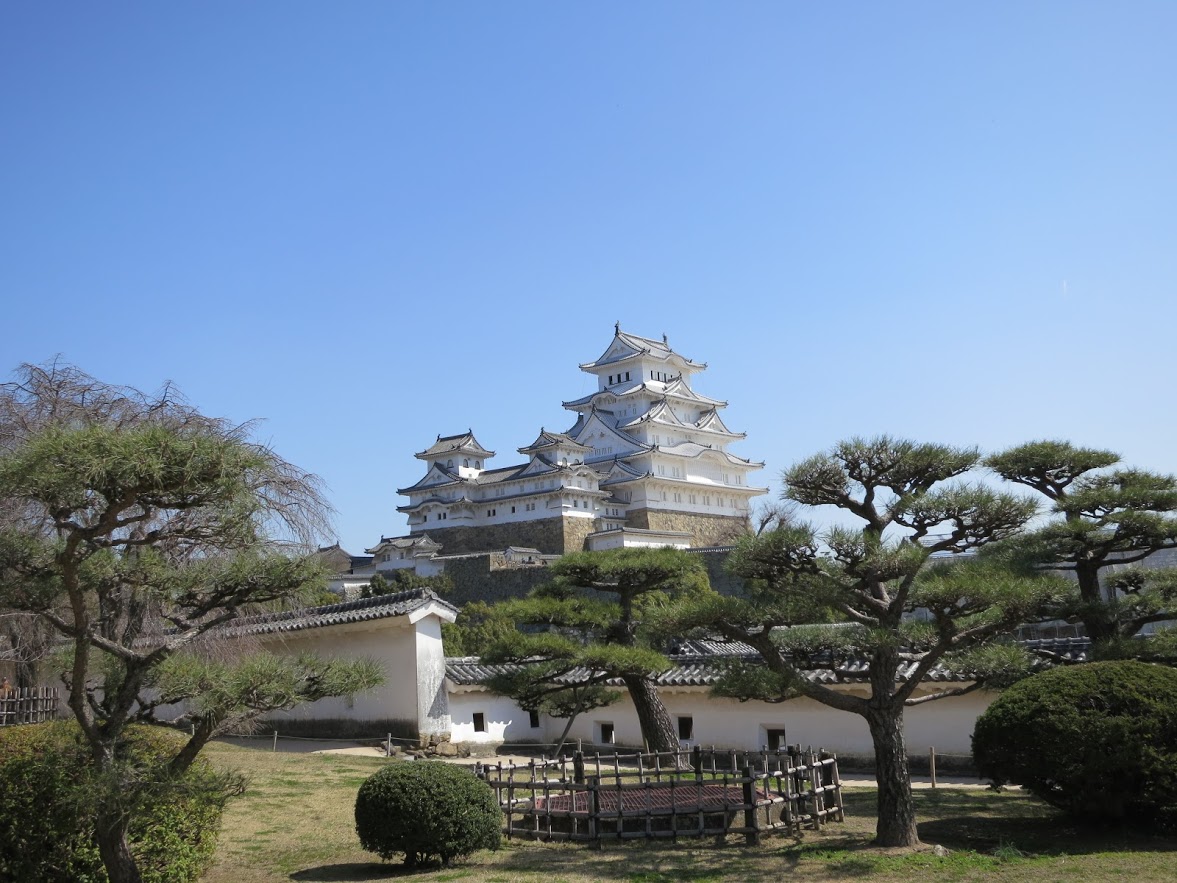It's early spring in Japan, the plum and cherry blossoms are only a whisper of their former glory and I am riding on a train as far from the blooms as I can be. The wide front window offers sweeping vistas of rice fields, forested hills, quaint villages and seemingly endless miles of track. My destination is one unknown to me until recently, but it lies in the center of one of the most sacred spaces to Japanese Buddhism.
Of course, getting there is half the journey, so after one train ride, I take another, this time vertacle on a cable car clinging to rails that climb the mountainside at a near 60 to 70 degree angle. It's a little daunting, but then again I could be hiking up this mountainside like thousands of pilgrims have done for countless centuries. My destination is Koya-san, the hub in the wheel of Shingon Buddhism, a sect introduced to Japan 1214 years ago by a priest named Kobo Daishi.
To say Koya-san is secluded is an understatement. Its a temple town, with dozens upon dozens of smaller Shingon temples all clustered around the main temple, Kongobuji, and Kobo Daishi's mausoleum at Garan Temple. The town has exactly ONE soba noodle restaurant that opens whenever and closes often, and unless you are lucky enough to stay at one of the temples you have no food, water, cell service or internet. There is exactly one road, its narrow, and the only ways up or down otherwise are the cable car and your own two feet. It's quite daunting, but there I was.
I mention the temple lodging because its one of the main tourist draws other than the temples. People come from all over the world to stay in austere Buddhist hospitality and enjoy vegetarian cuisine called shojen ryori. The Buddhists adhere to a strict diet, and while meatless, what I have seen looks as tasty as anything else I ate in Japan. Alas, I had no temple lodging. This was a day trip from Osaka, and I came for one purpose, a cemetary.
You may be thinking, "he's crazy." Damn straight. The moment I saw this temple complex was the same moment I saw the enormous cemetary around it. Kobo Daishi and Shingon are sacred aspects, and in Japan mountains have their own sacred culture with strange creatures and myths of their own. The Buddhist afterlife is preferable to the one in Shintoism, and considering these aspects people have wanted their remains to lie forever in the glow of Koya San. Everyone from Tokugawa Ieyasu, who has a small offshoot shrine here, to feudal lords, samurai, businessmen, priests and everyone else between.
Every single one is a story, laid to rest against cedar trees, sweeping mists and silence punctuated only by Buddhist chants and great bronze bells. There is a great deal of respect to be found here, where people knit little caps for the statues to keep them warm, only to have moss grow over both statue and hard knitted labor. Sometimes one will find cups, scattered with debris, seemingly left for centuries untended since the last person shared a cup of sake with an ancestor. Everything here is painted. There are the soft, muted colors of stone or mist grey, the warmer tones of the cedar brown, but most of all is green, verdant moss that covers stones and ground and trees and everything else. It is a bed sheet to the dead.
Not all is serious though. As I wandered the path that wove in and around this enormous space I saw several humorous statues. There was the full sized buisnessman and wife, who dutifully stands behind her husband as if waiting for him to ask her to get the remote. There was a rocket at one point, and a few others but the one that stood out was the statue of a poison blowfish. I stood there and looked at it thinking, "Well, I know what this person died eating." (This would be ironic later on in my Journey in Japan, but we will get to that later.)
All humor aside, this was beautiful, peaceful. The main temple complexes were a welcome sight after a walk. Standing in the glow of the vermillion painted structures, I reflected where I was. How many people, I wondered, have stood here before me. How many walked through the forest of trees and stones, across the moss blanket, past statues of Buddha and fugu? How many stopped and reflected here, and then not so long after, were laid to rest in this same space? Its a sobering thought to consider in such a beautiful space, a sacred place. One can be lost in the mountains, far from home, and yet find so much.





































